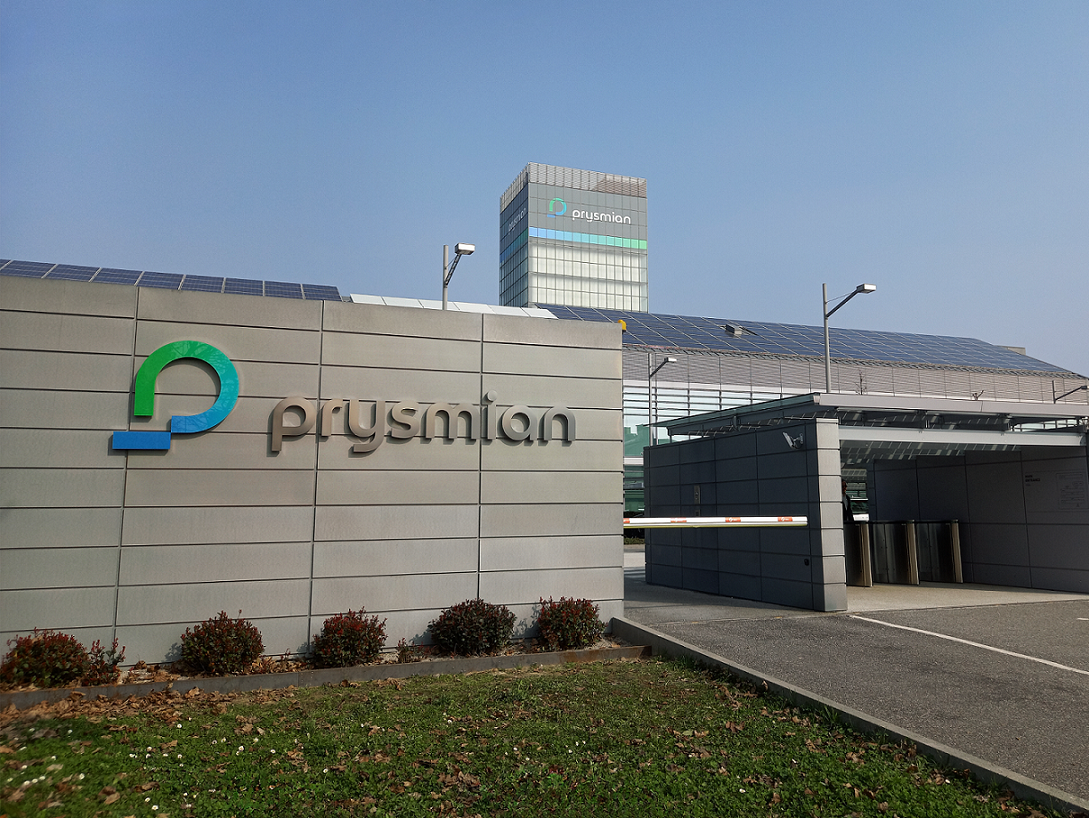普睿司曼集团创造光纤传输速率新纪录
Prysmian Group, world leader in the energy and telecom cable systems industry, Nokia Bell Labs and the National Institute of Information and Communications Technology (NICT) announce a record-setting 1 Petabit per second transmission over an optical fibre with standard dimensions. The experiment combines highly spectral efficient wideband optical transmission with an optical fibre guiding 15 spatial modes and the use of specific mode multiplexers. The total capacity of the network has been 1 Petabit per second, corresponding to simultaneous 8K-TV broadcasting for 10 million people.
“Over the past decade, data traffic has increased by a factor of ~100. Fibre capacity has closely followed this exponential growth, thanks to the introduction of new technologies. Data traffic is expected to keep growing at a similar exponential rate during the next decade, notably due to development of social networks, video on demand and mobile multimedia platforms. In this context, space division multiplexing has been recognized as the unique multiplexing technology able to meet this capacity challenge”, commented Eric Stoltz, VP Optical Fibre BU at Prysmian Group.
The group of researchers from the Network System Research Institute of the NICT, Nokia Bell Labs, and Prysmian Group’s Optical Fibre Business Unit succeeded in the world’s first space division multiplexed transmission exceeding 1 Petabit per second in a fibre with standard cladding (125µm) and coating (245µm) diameters. This increases the previous data-rate records in fibres with standard dimensions by 5.7 times (single-mode fibre), by 2.5 times (few-mode fibre) and by 1.7 times (multi-core fibre). The results of this study were accepted for the prestigious post-deadline session at the 46th European Conference on Optical Communications (ECOC, December 2020), one of the largest international conferences related to optical fibre communication.
The success of large-capacity transmission using a single-core few-mode fibre, which has a high spatial signal density and is easy to manufacture, is expected to advance high-capacity transmission technology. This could be used in telecom and data networks, from long-reach to short-reach applications, where density and capacity of standard single-mode technology reach a plateau.





 ofc.china@prysmiangroup.com
ofc.china@prysmiangroup.com
